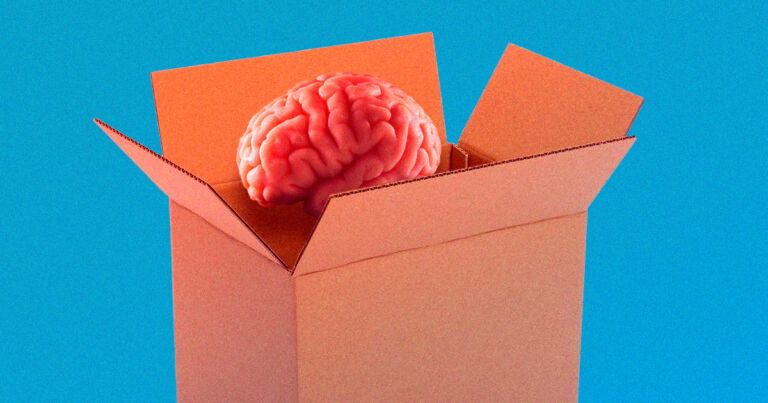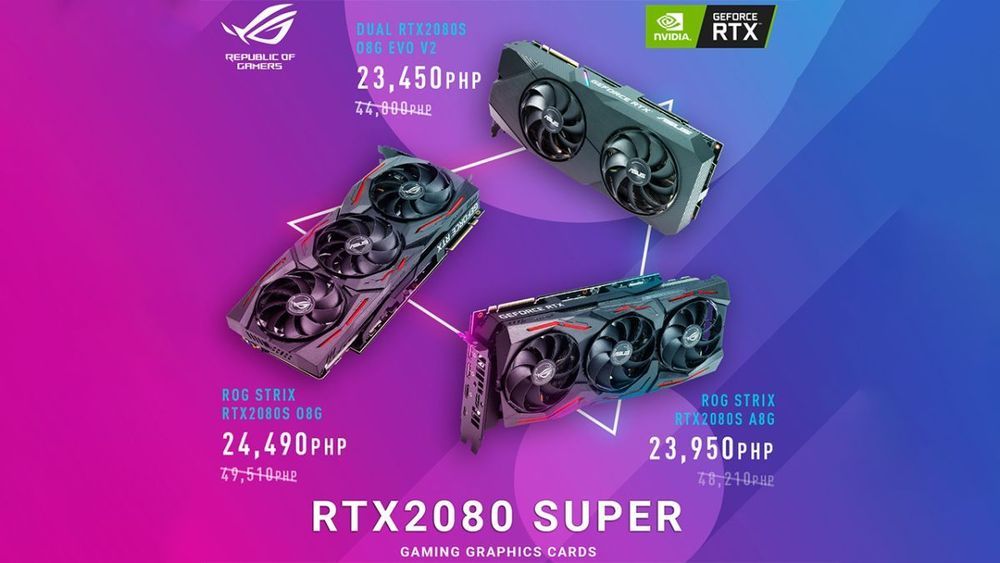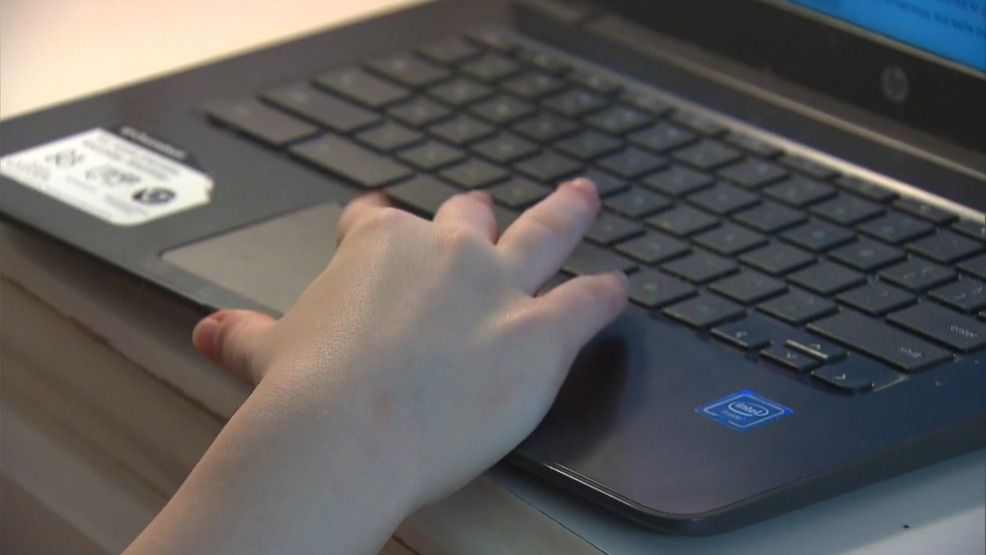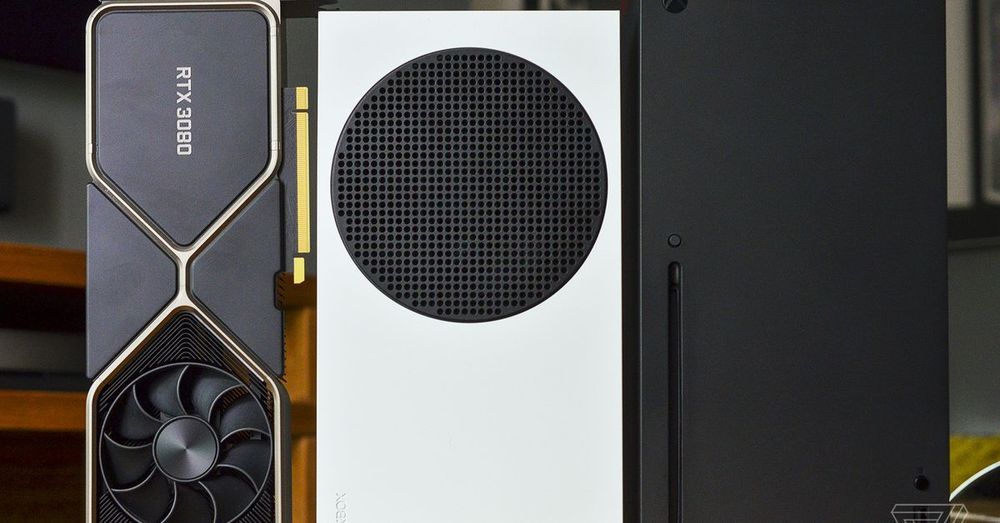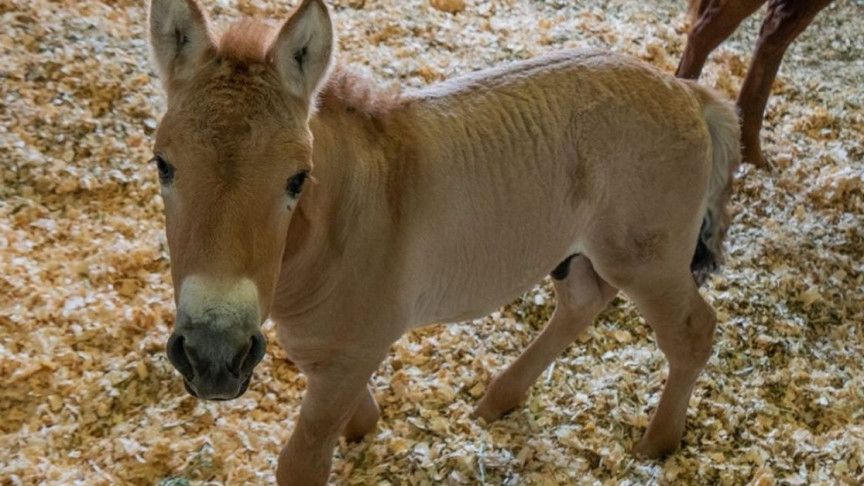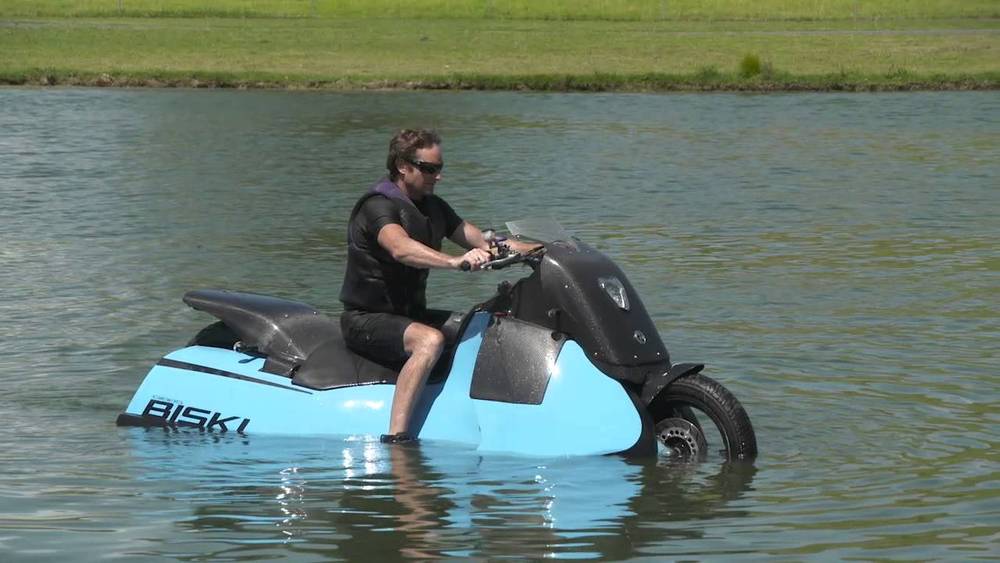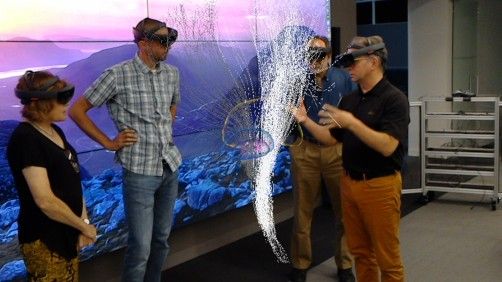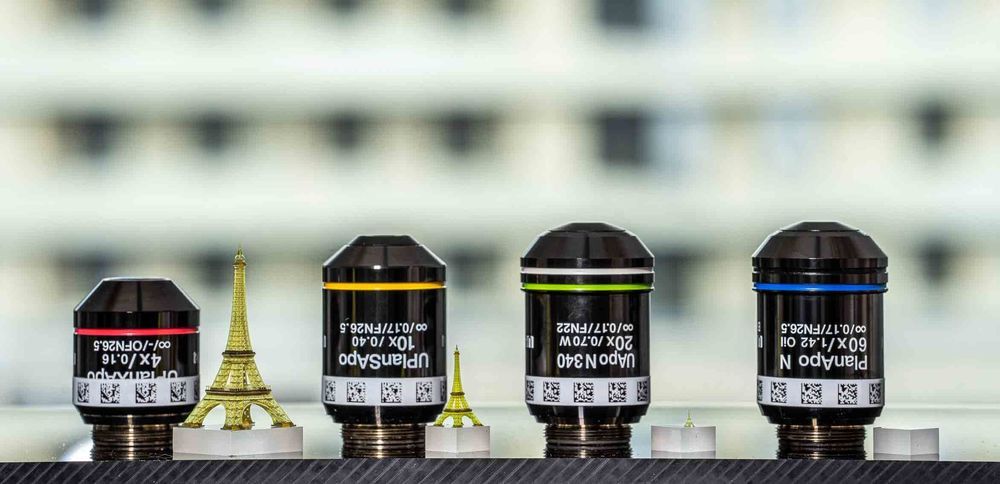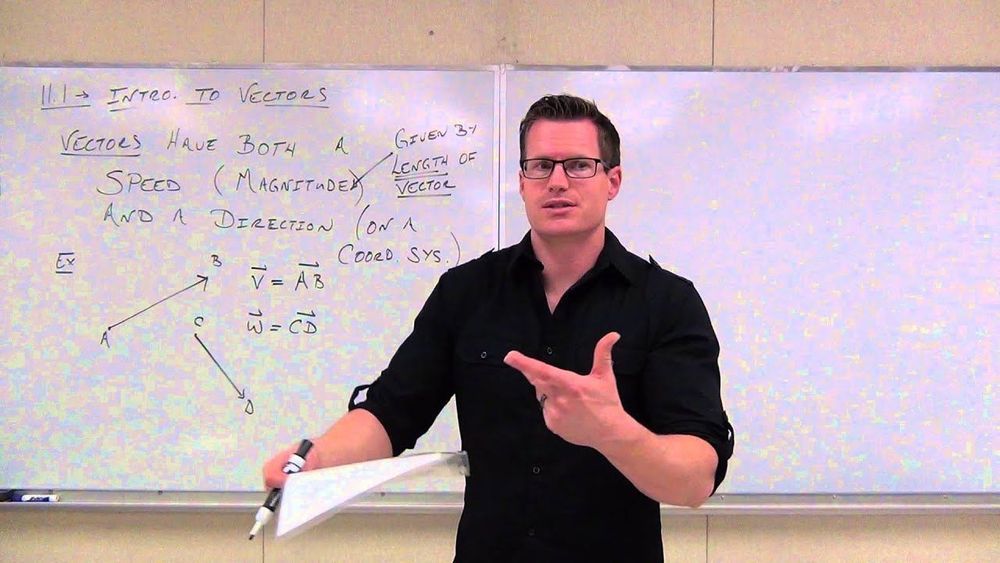The National Science Foundation has awarded a highly competitive $5 million grant to Vanderbilt University that greatly expands a School of Engineering-led project for creating novel AI technology and tools and platforms that train and support individuals with Autism Spectrum Disorder in the workplace.
The significant federal investment follows a successful $1 million, nine-month pilot grant to the same team that forged partnerships with employers and other stakeholders and produced viable prototypes through immersive, human-centric design. The multi-university team includes Yale University, Cornell University, Georgia Institute of Technology and Vanderbilt University Medical Center as academic partners.
The grant, made through NSF’s Convergence Accelerator program, advances the School of Engineering’s focus on Inclusion Engineering,® which uses the disciplines within engineering to broaden meaningful participation for people who have been marginalized.

